Having a wasp buzzing around your house can be annoying and potentially dangerous. While your first instinct may be to swat at it this will likely just anger the wasp and increase your chances of getting stung. Instead there are several effective yet safe techniques you can use to humanely remove a wasp from your home.
Understanding Wasp Behavior
To remove a wasp properly, it helps to understand what attracts them to your house and their typical behavior patterns.
Wasps are drawn indoors by
- Sweet smells from food, drinks, and garbage
- Warm sheltered spaces like attics or wall voids
- Potential nesting sites in cracks, crevices, and holes
The two most common wasps found inside homes are:
- Yellow jackets – Black and yellow striped, make paper nests, can be aggressive
- European hornets – Larger, brownish-yellow, make nests in trees/walls, less aggressive
Staying calm and moving slowly are key to avoiding aggravating a wasp. Swatting or quickly shooing a wasp will likely trigger a defensive, stinging reaction.
Prepare Properly For Wasp Removal
Before attempting to remove a wasp, make sure you:
- Stay composed and avoid sudden movements
- Wear protective clothing like long sleeves, pants, and closed-toe shoes
- Choose a time when wasps are less active, like early morning or night
- Have essential tools on hand:
- Protective gear – gloves, eyewear
- Capture containers – jar, plastic tub
- Guiding tools – cardboard, paper, hand fan
- First aid kit
- Flashlight
- Never directly touch, swat at, or crush a wasp
Preparation is vital for safe, effective wasp removal.
Guide The Wasp Outside
The easiest way to remove a wasp is to let it find its own way out:
- Open doors and windows to create clear exit points
- Gently direct the wasp outside using cardboard or a fan
- Turn off interior lights and open blinds so exterior light guides it out
Avoid standing directly in the wasp’s path. Just calmly steer it towards an open door from a safe distance.
Trap The Wasp For Safe Removal
If the wasp isn’t leaving on its own:
- Wait for it to land and approach slowly with a jar or tub
- Carefully place the container over the wasp and slide cardboard underneath to trap it
- Take the container outdoors away from your house and release the wasp
This technique allows you to remove the wasp without harming it or yourself.
Use Natural Repellents Cautiously
Some common DIY wasp deterrents include:
- Essential oils like peppermint, lemongrass, lavender
- Vinegar or lemon juice spray
Mix oils or juices with water in a spray bottle and apply around entry points. However, these aren’t guaranteed to work and require getting close to the wasp. Use extreme caution or avoid altogether if you have allergies.
When To Call A Wasp Control Professional
Seeking professional help is recommended if:
- There are multiple wasps or a nest on your property
- The wasp nest is out of reach or in a challenging location
- You’ve tried removing wasps but they keep coming back
- You or anyone in your home is allergic to wasp stings
Experts have specialized tools, protective gear, and training for thorough wasp removal and prevention. Though professional services cost $100-$300 on average, they provide long-term solutions and can prevent expensive property damage from uncontrolled nests.
Prevent Future Wasp Intrusions
To avoid wasps entering your home again:
- Seal cracks, holes, and gaps around doors, windows, and exterior walls using caulk or weatherstripping
- Install fine mesh screens on all vents and openings
- Keep food contained indoors and promptly clean any spills
- Cover trash cans securely and remove fallen fruit outside
- Trim back bushes and overhanging branches around your home
- Use mint, citronella, eucalyptus plants which naturally repel wasps
Vigilance and maintenance are key to keeping your house free of wasps. Conduct regular inspections and repairs to exclusion points. With some preparation and diligence, you can remove wasps safely and prevent future infestations.
Summary of Main Points:
- Stay calm and move slowly to avoid aggravating wasps
- Wear protective clothing and prepare tools for safe removal
- Open exits and use lights, fans to guide it outside naturally
- Trap the wasp in a container if needed for removal without harm
- Use natural repellents cautiously or call a pro for severe cases
- Seal openings, maintain property diligently to prevent re-entry
Removing a wasp doesn’t need to be a stressful or dangerous ordeal. With proper understanding of wasp behaviors, smart preparation, and use of gentle, humane techniques, you can eliminate wasp problems from your house effectively and safely.

Step 1: Practice the Correct Spray Technique
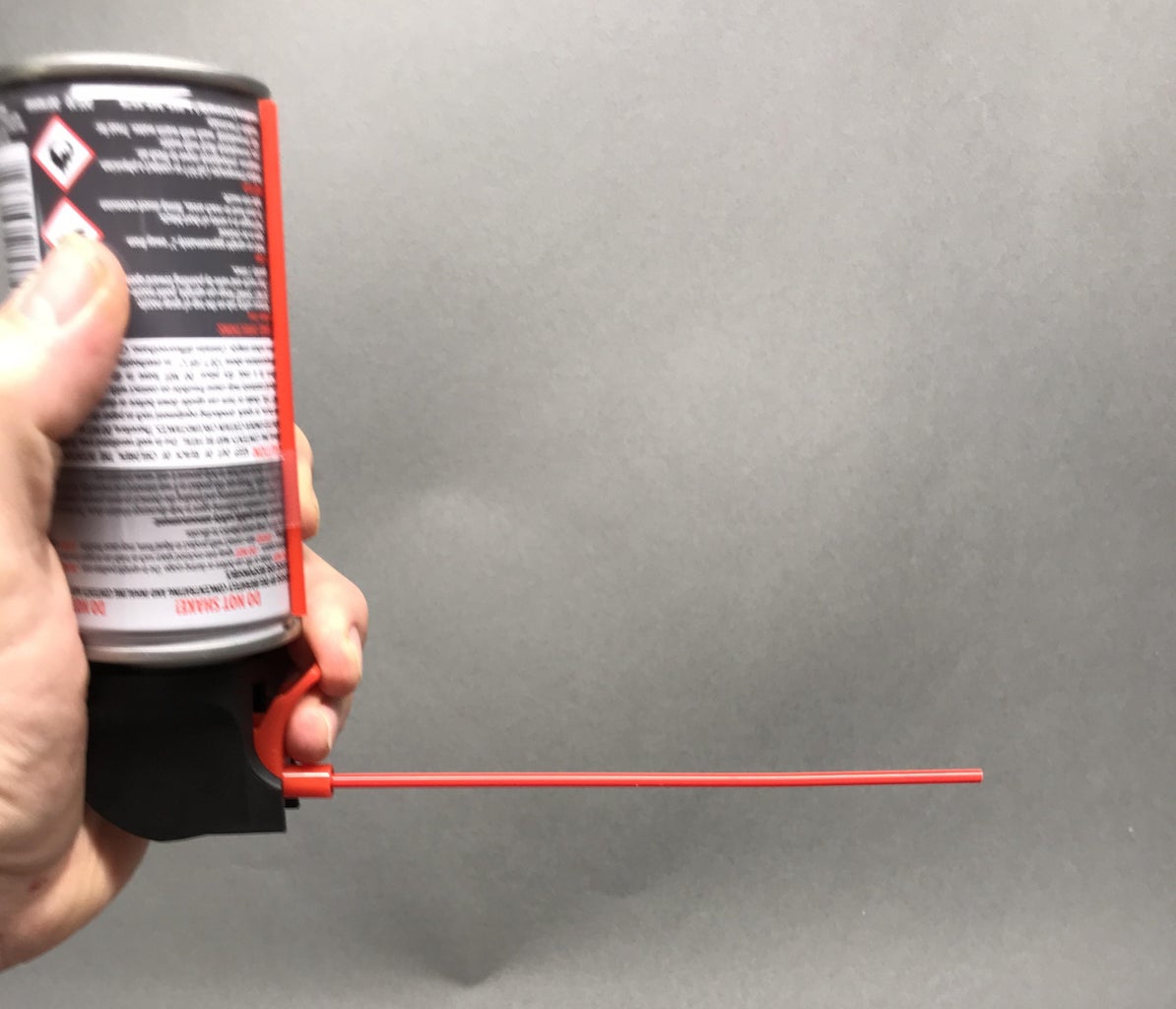
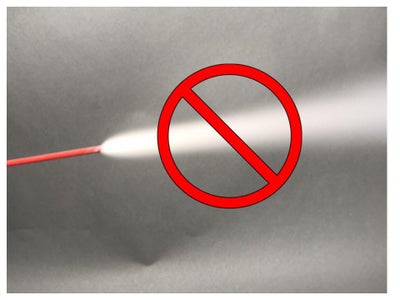
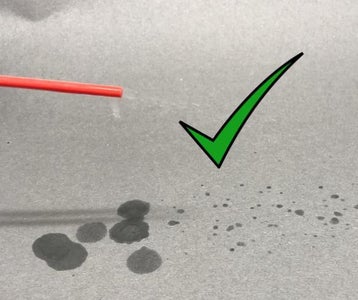
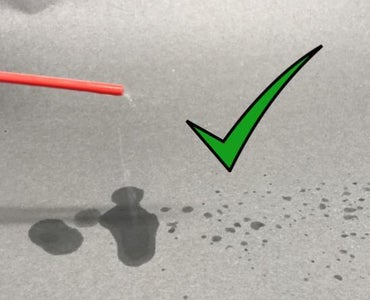
In the normal right-side-up orientation the Electronics Duster spray can contains liquified gas under pressure with gas under pressure sitting on top of the liquid. You want to use liquid on the wasp. To dispense the liquid you turn the can upside down.
You dont want to botch the extermination of the wasp so practice ahead of time to get the spray technique right. You want to spray the liquid (actually gently dripple/spritz liquid) on the wasp.
The can of Electronics Duster (Canned Air) MUST BE USED UPSIDE DOWN or it wont spray liquid. You want liquid to come out as its super cold and should immobilize the wasp. If you use the spray right side up it will just blow the wasp around.
Holding the can upside down, practice pulling the trigger just enough to have a spray of small droplets come out. You dont want a blast of white spray like a CO2 fire extinguisher or a rocket engine!
Tip: Shooting a quick short half-burst of spray pointed away from the wasp can cool the plastic extension tube and make it easier to get droplets out on subsequent little squirts. Be careful. Practice.
CAUTION: The spray, and especially the liquid, is extremely cold and can cause frostbite instantly. The spray can also cause glass to shatter if the glass is hot and too much liquid spray hits the glass. The spray may be flammable. Use Caution.
[If you happen to have a can of electronic component cooler, it can be used right side up as it is designed to spray liquid out when upright in order to cool those hot electronic semiconductors. Conversely, an upside down can of electronics duster can be used as an electronics component cooler – Who knew!]
Step 3: Spray the Wasp With Liquid Droplets
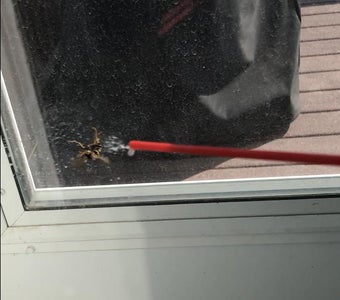
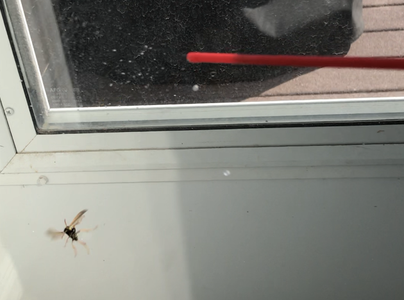
Get the tip of the spray tube as close as possible to the wasp. You may want to consider swapping out the plastic spray tube for a longer one from another product if you have one, to get the spray closer while keeping you farther away (Does it sound like I am paranoid of wasps?).
Squirt the wasp with droplets. Remember, keep the can upside down.
Hitting the wasp with droplets should immediately impair it and it should drop to the floor.
Dont squeeze the trigger too much and blast the wasp away. Previously practicing the right spray technique helps here.
A big blast can sometimes cool the wasp enough to slow it down, but better to hit it with droplets.
How to Get Rid of Wasps Around the House | The Home Depot
FAQ
How do I get rid of one wasp in my house?
- Step 1: Practice the Correct Spray Technique
- Step 2: Locate Wasp – Grab Duster Spray Can
- Step 3: Spray the Wasp With Liquid Droplets
- Step 4: Quickly Spray More Liquid on the Wasp
- Step 5: Frozen Is DEAD
How do you encourage wasps to leave?
Mint – Mint plants emit a strong smell that can be off-putting to wasps. You can plant mint around your property as a natural way to keep them away. Citrus – Citrus fruits like lemons and oranges can help deter wasps around your yard.
How do you lure a wasp out of your house?
- Stay Calm : Avoid sudden movements that might provoke the wasp.
- Create an Exit Path : Open nearby windows and doors to give the wasp a clear route to escape.
- Use a Container : If the wasp is stationary, gently coax it into a container (like a glass or jar) using a piece of paper.
- Lure with Sweetness
- Avoid Strong Scents
How long will a wasp stay alive in a house?
Wasps may pass in a few days to a few weeks indoors. However, yellowjacket wasps can live a few weeks without food, so they are more likely to survive for longer periods if they are stuck inside. The exception is if wasps’ nests are indoors.
How do you get rid of Wasps at home?
Alternatively, you can use apple cider vinegar and water mixed in a bowl, and leave the solution near the nest so wasps will essentially drown. In fact, white vinegar is great for banishing most household bugs and pests. You might also want to check out how to get rid of fruit flies and how to get rid of fleas quickly if you find any at home.
How do you get rid of a wasp nest?
If a wasp nest is located inside a hole in your foundation or siding, do not close it off. Closing off the wasps’ entryway can cause them to tunnel inside your house. These nests are tricky to get rid of by yourself, so call an exterminator to remove them.
Is there a wasp in my home?
While finding a single wasp in your home probably isn’t a cause for concern, seeing them regularly or discovering more than one at a time points to bigger issues. If you’re concerned about an infestation, it’s best to contact a pest control professional.
Can you safely remove wasps from your home?
With patience and a few deterrents, you can safely remove wasps from your home. O’Neill, Kevin M., and Kevin M. O’Neill. Solitary wasps. Cornell university press, 2019. Sachdev, A., et al. “Wasp sting induced neurological manifestations.”
How do I get wasps into my home?
Fill All Holes In Your Foundation Wasps that made their way into your home could have quickly done so through cracks in your foundation. Holes in your foundation can attract various insects, so it’s best to fill any gaps you see before they potentially grow. Ensure you thoroughly inspect the entire exterior of your home so you don’t miss any spots.
How do you ward off a wasp?
One of the easiest and most humane ways to ward off a pesky wasp is to usher it out of your home. Open any nearby doors or windows and see if the wasp will fly out on its own. If the wasp is stubborn and wants to stay, you can use artificial wind to blow it back from whence it came.
